Books for Eastertide

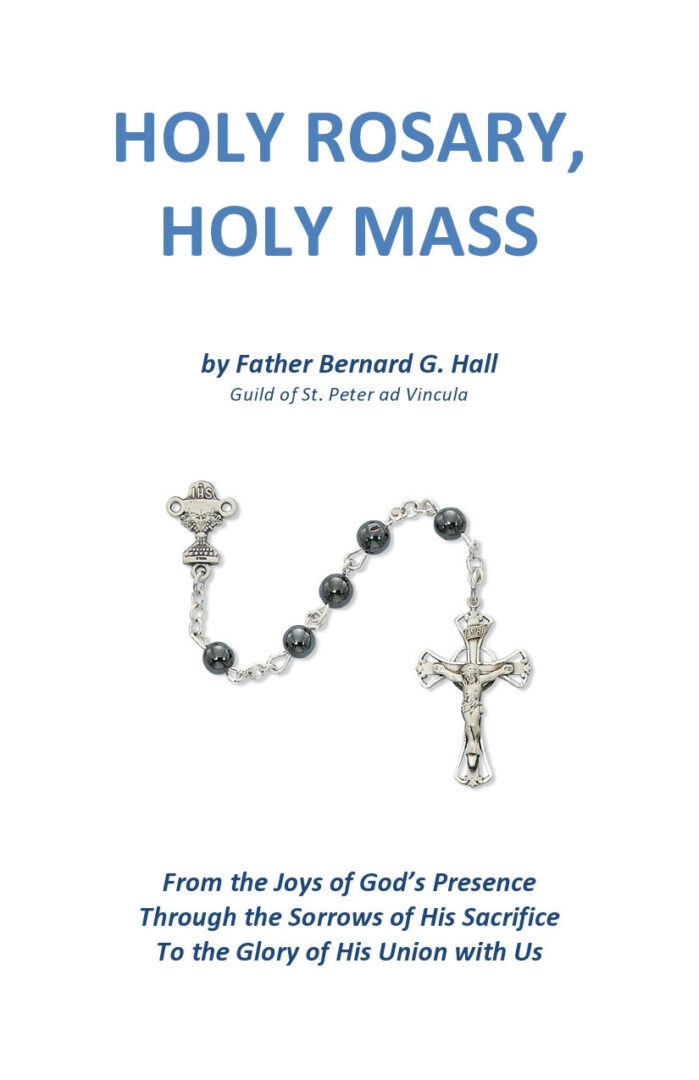
$11.95 – $25.95
Select options This product has multiple variants. The options may be chosen on the product page
Et Reliqua
Sermons and Reflections from the Deanery
Support our apostolate

The complete texts of the Roman Breviary
arranged for daily worship for the use of the faithful


Select options This product has multiple variants. The options may be chosen on the product page

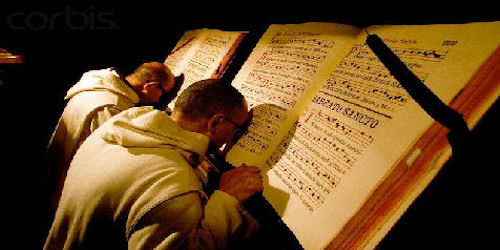
The Official Prayer of the Church
As prescribed by Pope St. Pius X in his Apostolic Constitution Divino Afllatu, November 1, 1911.
Certain prayers are so important that they are numbered among the official public Prayers of the Church. Chief among these is the Holy Sacrifice of the Mass, which unites us spiritually and physically to God. In second place of importance are the seven Canonical Hours of the Divine Office, which sanctify the different parts of the day and keep us ever in the sight of God.
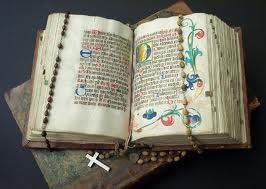
The Hours of the Office may vary in length and solemnity, but together they form a unified approach to our daily communication with God, reflecting the themes of the current liturgical season and daily feastdays. Like stars surrounding the infinite brightness of the sun, which is the Mass, the Hours of the Office merge with the Mass to form a single prayer, the public worship of God in the name of the Church, elevating our souls and inspiring our thoughts, words and deeds.
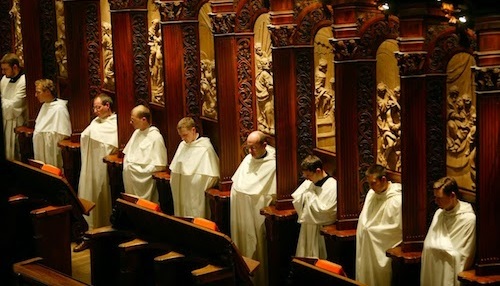
Next to the Holy Mass, the Divine Office (or Breviary) is the most important prayer offered to God. It is offered by the Church and in the name of the Church, conferring multifold graces and blessings on those who recite it worthily, attentively, and devoutly. Normally the domain of priests and religious, the Church has continued to recommend her official prayer to the faithful. However, until now, the complexity of the rubrics and a lack of suitable translations have deterred many.
The Official Prayer of the Church
With the help of modern technology, it has become easier to overcome the problems of complexity and accessibility. The result is the Roman Breviary published online in Latin and English by the Guild of St. Peter ad Vincula. No knowledge of the liturgy is required. It’s as easy as clicking on the feastday, and then on the Canonical Hour you want to say. The rest is just like reading a book—everything is laid out for you in order according to the rubrics of the day. No more flicking through the ribboned sections of a weighty volume. No more apprehension that you are forgetting some obscure rubric. Every Hour of the Office is laid out in its entirety, in order, every day

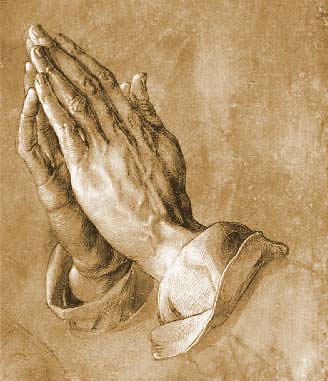
Learn More About the Breviary
If you want to deepen your knowledge of the Breviary and would like to make the Church’s official prayer a part of your own daily prayer life, this website will provide you with all the help you need to get started. Here you will find a short history of the Breviary, instructions on when to recite which Hours, a brief commentary on the psalms, and much more. And for those who want to understand the rubrics in greater depth, we provide in our bookstore a detailed manual entitled How to Say the Breviary. May God reward your prayers by bestowing on you all those spiritual favours that come from a devout reading of the Church’s Divine Office.
Our online bookstore contains traditional Catholic literature of all kinds, including a wealth of liturgical books and books about the Mass and Divine Office.
Traditional wall calendars with all you need to follow the Church’s year. Color pictures of some of the most beautiful Churches in France. The calendar itself is color coded for easy reference each day.
Our Missals, Office and Chant books are guaranteed to follow the traditional Catholic rubrics, pre-dating the liturgical reforms of the 1950s and 60s.
If you have a four-volume set of the Roman Breviary and have a hard time finding your way around, this detailed instruction manual will help you become a liturgical expert in no time.
Various authors have written about the Breviary and the liturgy in general, and we have assembled a variety of works that will enable you to understand the history and meaning of the Divine Office.
Our wide-ranging collection of meditations based on the liturgy is sure to have something that will suit your individual spirituality. Learn how to not just read the Breviary but pray it!
This monumental 15-volume set by Dom Prosper Gueranger is an excellent commentary and source of meditation on the Church’s seasonal cycle of feasts.